- Home
- Directory
- Shop
- Underwater Cameras - Photographic Accessories
- Smartphone Housings
- Sea Scooters
- Hookah Dive Systems
- Underwater Metal Detectors
- Dive Gear
- Dive Accessories
- Diving DVD & Blu-Ray Discs
- Diving Books
- Underwater Drones
- Drones
- Subscriptions - Magazines
- Protective Cases
- Corrective Lenses
- Dive Wear
- Underwater Membership
- Assistive Technology - NDIS
- On Sale
- Underwater Gift Cards
- Underwater Art
- Power Stations
- Black Friday Sale
- Underwater Bargain Bin
- Brands
- 10bar
- AOI
- AquaTech
- AxisGo
- Backscatter Underwater Video and Photo
- BLU3
- Cayago
- Chasing
- Cinebags
- Digipower
- DJI
- Dyron
- Edge Smart Drive
- Eneloop
- Energizer
- Exotech Innovations
- Fantasea
- Fotocore
- Garmin
- Geneinno
- GoPro
- Hagul
- Hydro Sapiens
- Hydrotac
- Ikelite
- Indigo Industries
- Inon
- Insta360
- Intova
- Isotta Housings
- Jobe
- JOBY
- Kraken Sports
- LEFEET
- Mirage Dive
- Nautica Seascooters
- Nautilus Lifeline
- NautiSmart
- Nitecore
- Nokta Makro
- Oceanic
- Olympus
- OM System
- Orca Torch
- Paralenz
- PowerDive
- QYSEA
- Scubajet
- Scubalamp
- Sea & Sea
- SeaDoo Seascooter
- SeaLife
- Seavu
- Shark Shield
- Sherwood Scuba
- Spare Air
- StickTite
- Sublue
- Suunto
- SwellPro
- T-HOUSING
- Tusa
- U.N Photographics
- Venture Heat
- XTAR
- Yamaha Seascooter
- Youcan Robot
Introductory Rust Diving on the Wreck of the Malabar
Contributed by Simon
Around 7:00am on Thursday, April 2, 1931, a dense fog suddenly rolled into Long Bay, obscuring the northern headland. On the bridge of MV Malabar, en-route from Melbourne to Sydney, Captain George Leslie recognised the danger and ordered 5 degrees rudder to steer the ship seaward to pass further offshore than his original plan of half a mile. The ship's engines were still running "Full Ahead", and rather than reducing speed, the captain sounded the foghorn to announce his approach to any fishing boats that may be obscured by the fog. Immediately after sounding the horn, the captain and quartermaster saw the cliff in front of them, and braced themselves as the powerful diesel engine drove 4,500 tons of state-of-the-art passenger liner up onto the rocks at 12 knots, narrowly missing a local fishing boat.
The passengers, just rising from their bunks, were unaware that the ship had run aground. It was only when the stewards started guiding them to the ship's boats and handing out life jackets that they realised their predicament. Fortunately, all 28 passengers and luggage, 108 crew members, and 3 racehorses made it ashore to the beach thanks to the actions of the ship's crew and local boaties. By 8:00am, the fog lifted leaving an otherwise beautiful day! Nevertheless, the Malabar stuck fast, and attempts to tow her off the rocks proved futile.
The shipwreck presented a spectacular site for Sydneysiders - the police estimated that about 150,000 people were present at any given time over the Easter weekend, and it was estimated that a total of 500,000 people visited the wreck over the weekend. No doubt, this would have been the best time to see her, as by Friday she was already breaking up due to the fierce pounding of the sea, and her cargo of timber, flour, tinned food, and calico-wrapped meat carcasses started washing up in Long Bay and all along the Sydney coastline as far as Newcastle!
The inquiry following the accident found Captain Leslie to have been negligent for failing to alter course sooner and reduce speed in response to the deteriorating visibility. And so ended an otherwise unblemished career as a master and harbour pilot. His master's certificate was subsequently withdrawn at the age of 71.
Two years later, the suburb of Long Bay was renamed Malabar.
Around 1:00pm on Saturday, August 12, 75 years later, a gentle swell rolled into Long Bay, and visibility was outstanding both above and beneath the surface. A crowd gathered on the hill by the barbecues - about 30 hungry divers gathered for the "Rediscover SCUBA" day.
With a water temp of around 19°C, I was not about to miss a chance to revisit the Malabar! Time has continued to take its toll on the wreck. When I first dived this site in the 1990s, there were still a few guages to be found budding from twisted copper pipes, encrusted in marine growth and silt. I suspect the sewage discharging from the Long Bay treatment facility which coated the entire bay in thick brown sludge for decades protected the wreck from souvenir-hunting SCUBA-divers for a while!
Nevertheless, it is still an interesting dive, with many clearly recognisable pieces of ship's machinery and equipment scattered along the length of the wreck. The enormous rudder and stern-frame are clearly visible at a depth of 6m. Following the massive drive shaft will bring you to what appears to be the block of an auxiliary engine. If you continue to swim around the 8m contour, keeping close to the headland you should be able to follow a trail of sparsely scattered wreckage to the main engine block. I consider this the hilight of the wreck - it is enormous and the massive crankshaft is clearly visibile inside the engine. The engine also provides a habitat for a variety of marine critters - a torch will help you spot the shy ones hiding deep in the cylinders. Beside the engine, amongst various miscellaneous wreckage, the spare propeller is clearly recognisable. (The main propeller was salvaged soon after the accident).
Making your way along the 6m contour back towards Australia, you will find a very prominent shaft rising vertically about 3m towards the surface. Anchoring the shaft to the bottom is a large steel gear. A left turn from here should taking you back to the wreckage trail along the 8m contour, from which point it is pretty easy to find the rudder again.
Throughout the site, you will find twisted steel hull plates, frames (the "ribs" of a ship), beams, copper piping, and bitts - pairs of bollards used to secure mooring lines on ships. A close look at the steelwork shows the heavy rivets used to fasten plates to frames. Spare a thought for the men who spent hundreds of hours heating each rivet individually in a small forge, inserting them through holes in the plates, and holding them in place while men on the outside of the hull hammered the rivet flat to secure the plate. Hot, heavy, noisy work, which has now been replaced by the magic of welding.
To get a feel for how much effort went into building what is now a little more than twisted jumble of rusted metal, visit a heritage shipyard such as the Sydney Heritage Shipyard where the pilot ship John Oxley is under restoration - the traditional way. It gives you a whole new appreciation of wreck diving!
Vital Statistics:
MV Malabar (named after a town in Java)
Purpose: Passenger Liner, operated by Burns and Philp
Material: Steel
Built: Glasgow, 1925
Tonnage: 4,512
Length: 106.9m
Engines: Diesel - the first diesel ship acquired by Burns and Philp as an alternative
to steam power
Depth: 6m to 12m
The Shipwreck Atlas of NSW indicates that another ship was wrecked in Long Bay in 1955. The Atlas indicates the SS Goolgwai went down a little further east of the Malabar, however, there is no further information offered. Given her relatively small size, any remain wreckage is most likely scattered amongst that of the Malabar.
Vital Statistics:
SS Goolgwai
Purpose: Unknown
Material: Steel
Built: Canada, 1919
Tonnage: 271 Tons
Length: 38.31m
Engines: Steam (screw)
Depth: Unknown
Other useful information:
Conditions: Best dived from a boat - it's an easy 1nm ride from the Long Bay
boat ramp out to the divesite, and the bay provides protection from most wind
directions. The shallow water combined results in heavy surge, particularly
around the engine block, even in moderate swell. Take care to avoid the jagged
rusty edges when the surge is running!
Dangers: Surge, rusty steel, and sea urchins. Probably best to avoid Long Bay
for a few days after heavy rainfall.
Facilities: Long Bay boat ramp, park with free barbecues, gazebos, toilets,
and playground
Experience Level: provided there is not much swell, the site makes a great dive
for all experience levels
How to find the Malabar: run out along the north side of the bay. Looking back towards the beach, hold the vertical rock face in transit with the dome-shaped tree on the ridge-line. Hold this course until the bunker comes into transit with the telegraph pole. Look down - you should be on top of the rudder!
Sources:
"The Vanished Fleet of the Sydney Coastline" - Max Gleeson,
"Shipwreck
Atlas of New South Wales" - Dept of Urban Affairs and Planning



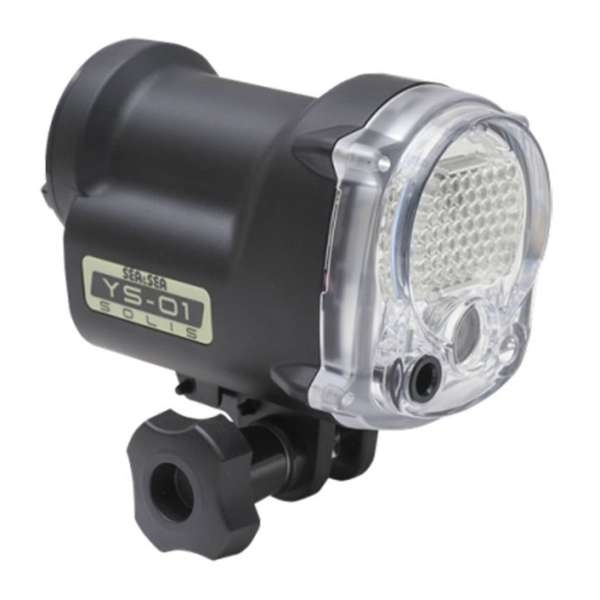
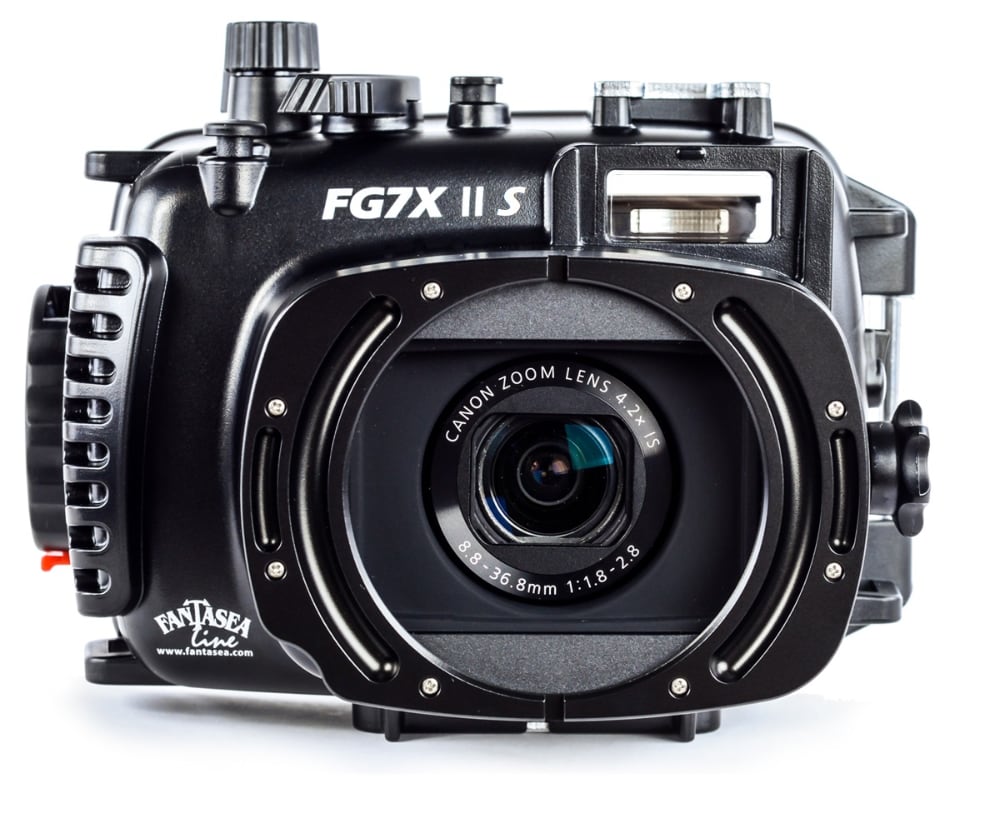
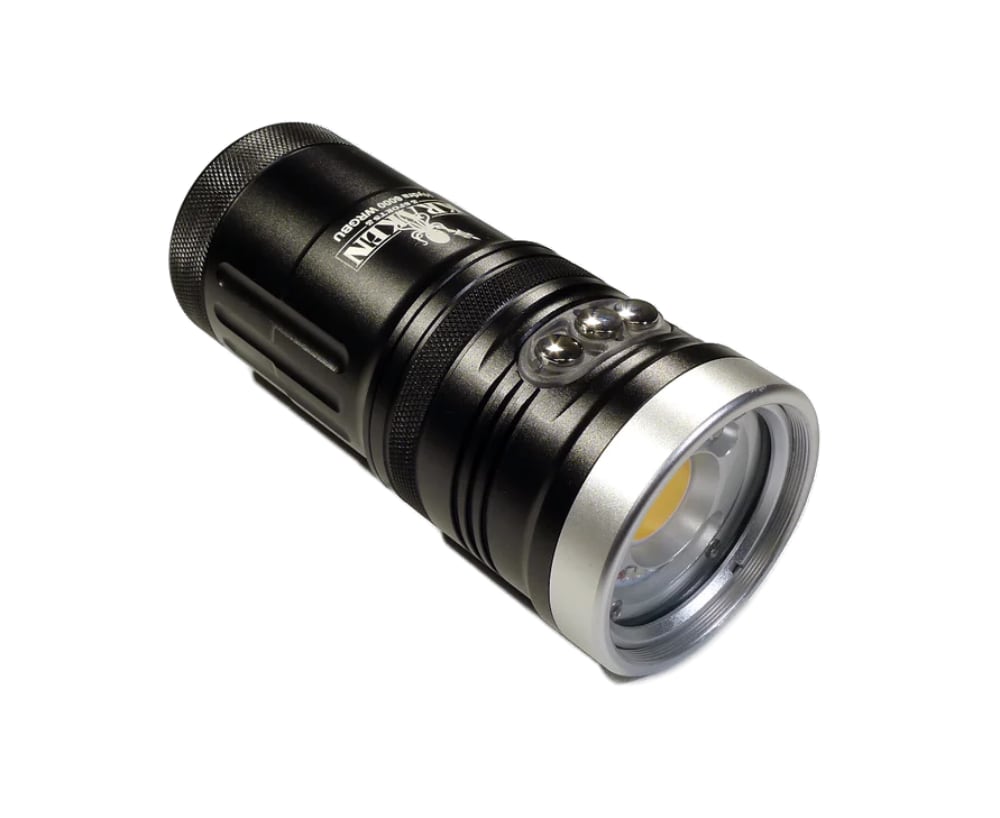
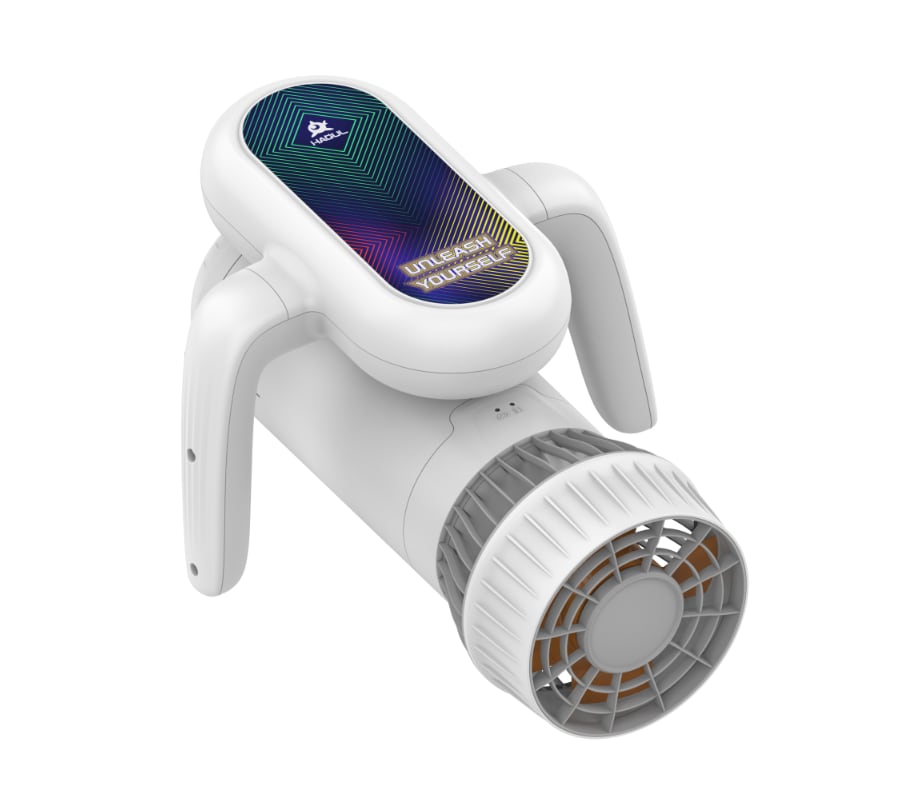
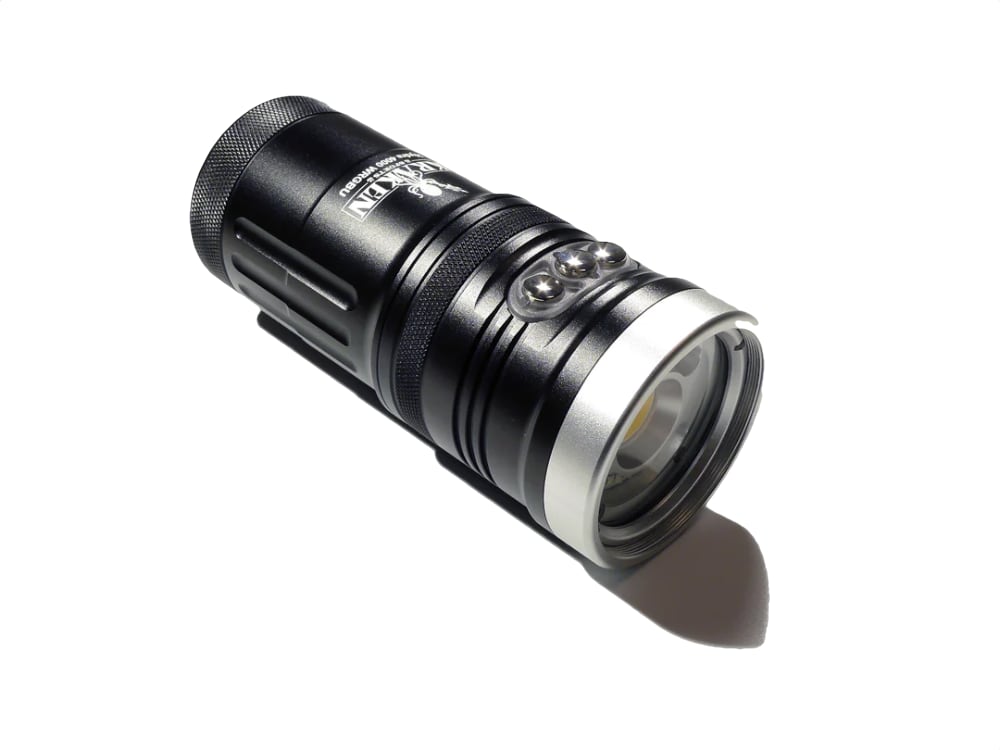
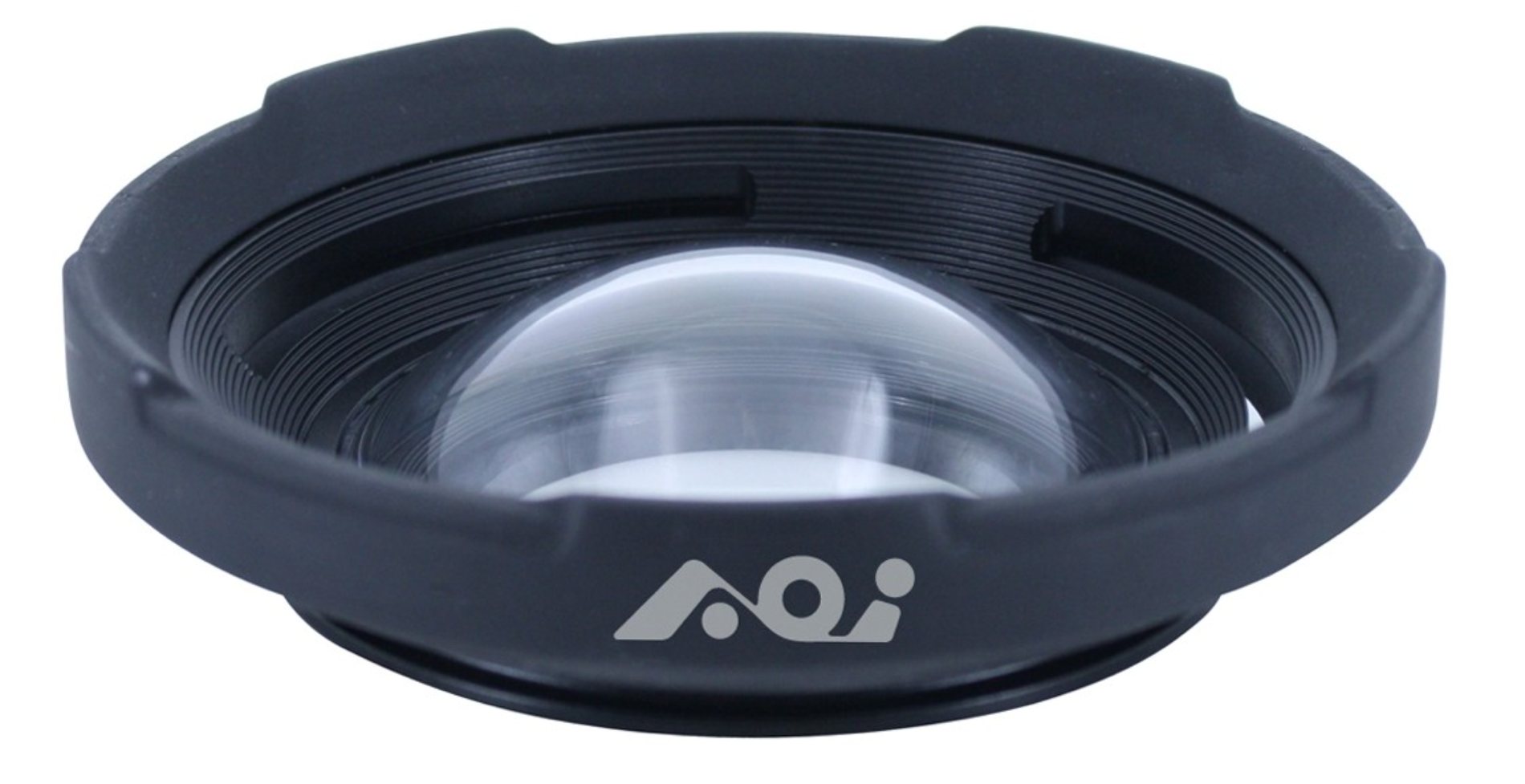
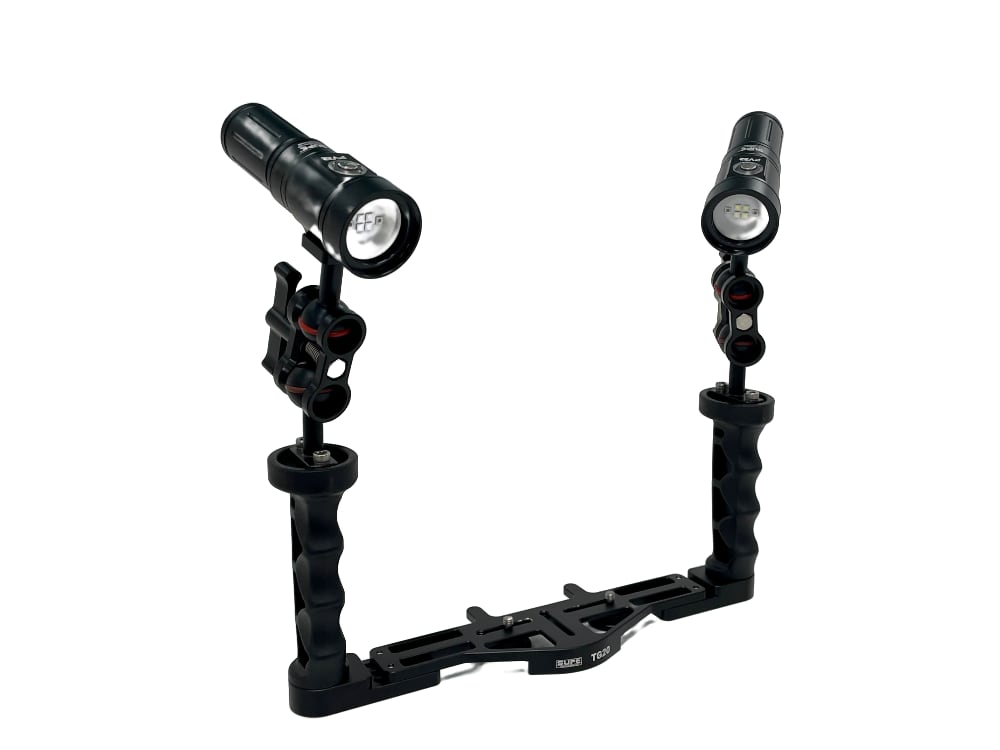



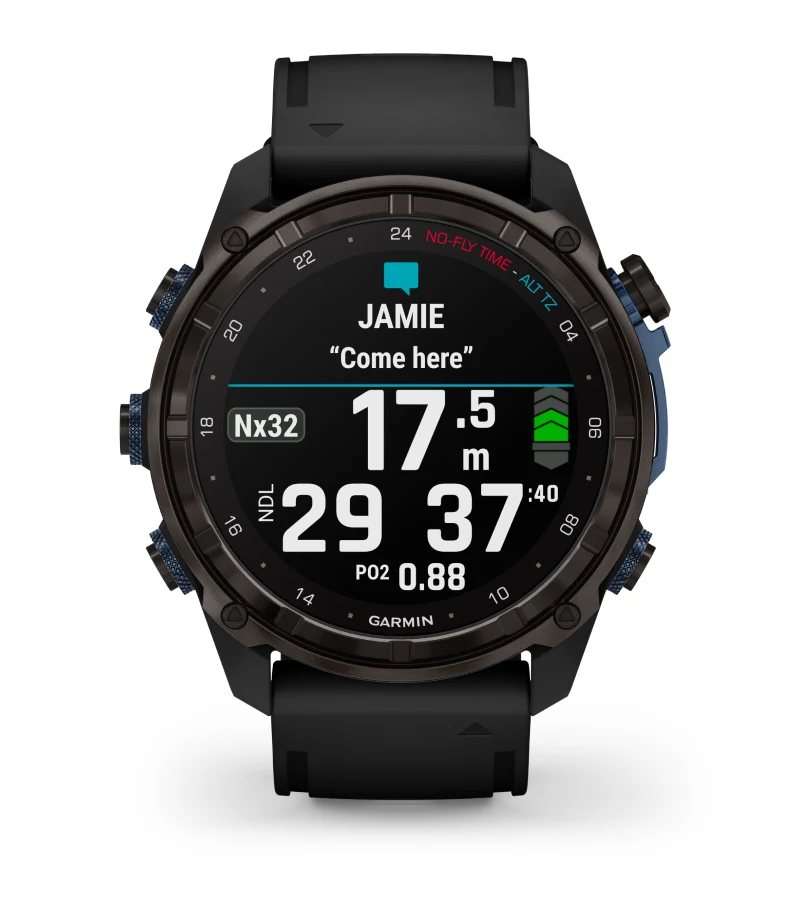 Garmin Descent Mk3i Watch Dive Computer - 51 mm, Carbon grey DLC titanium
Garmin Descent Mk3i Watch Dive Computer - 51 mm, Carbon grey DLC titanium 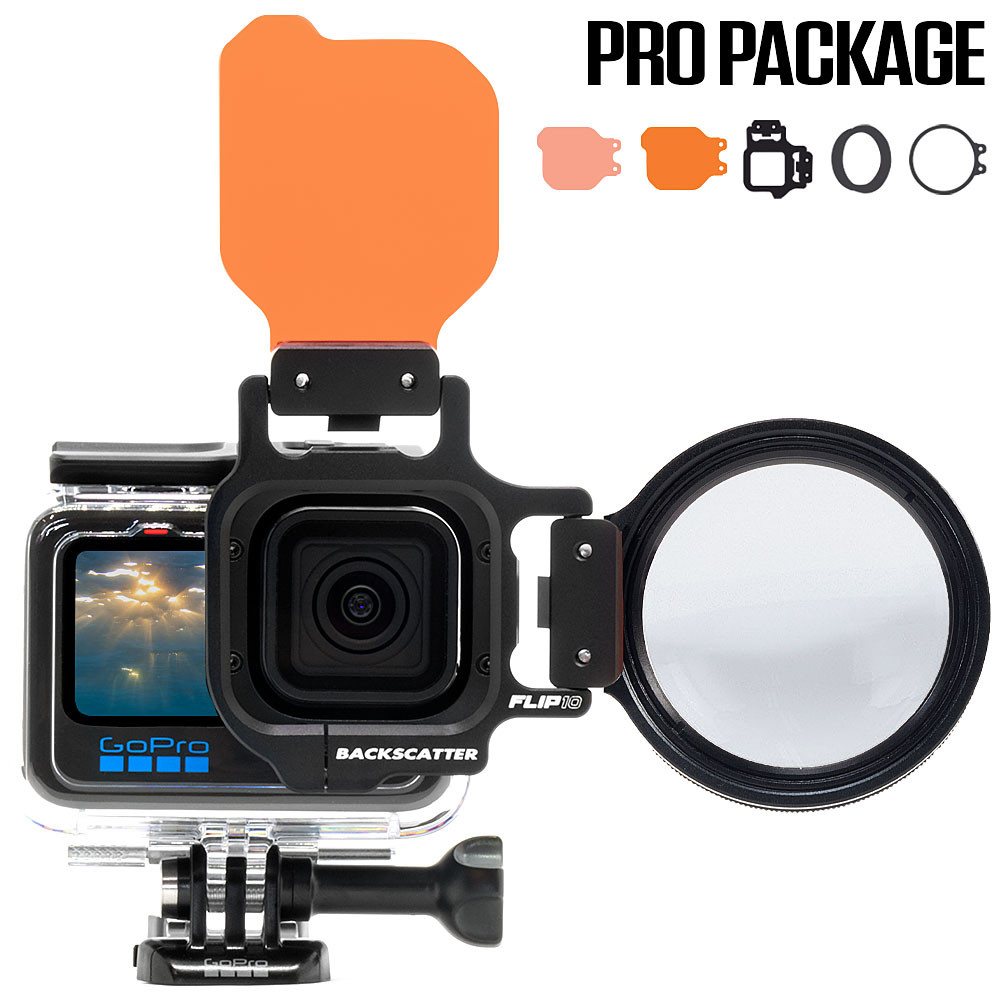 FLIP12 Pro Package with DIVE & DEEP Filters & +15 MacroMate Mini Lens for GoPro HERO 5, 6, 7, 8, 9, 10, 11, 12 and 13
FLIP12 Pro Package with DIVE & DEEP Filters & +15 MacroMate Mini Lens for GoPro HERO 5, 6, 7, 8, 9, 10, 11, 12 and 13 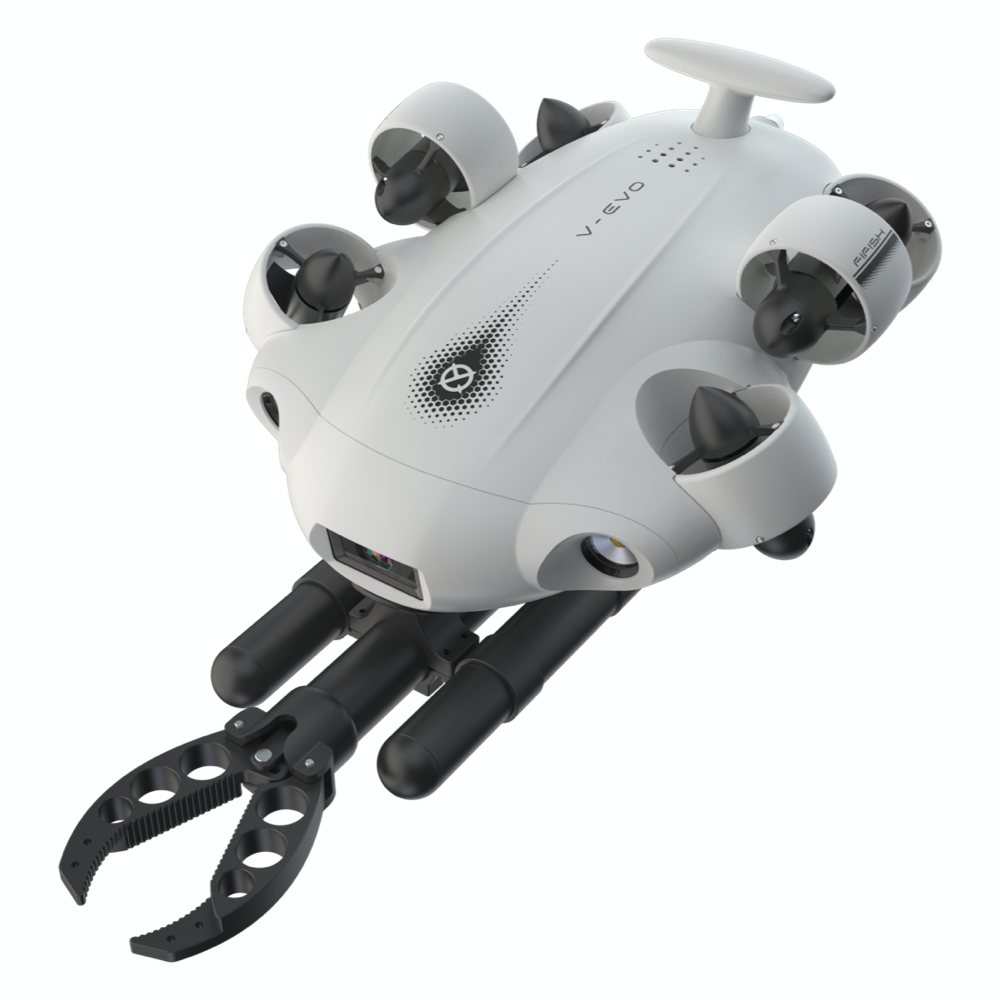 QYSEA Fifish V-EVO - Underwater Drone Kit 4K - 60fps - optional grabber arm
QYSEA Fifish V-EVO - Underwater Drone Kit 4K - 60fps - optional grabber arm 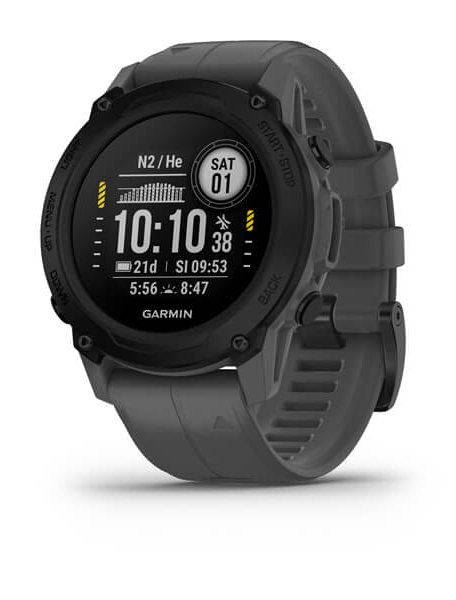 Garmin Descent™ G1
Garmin Descent™ G1 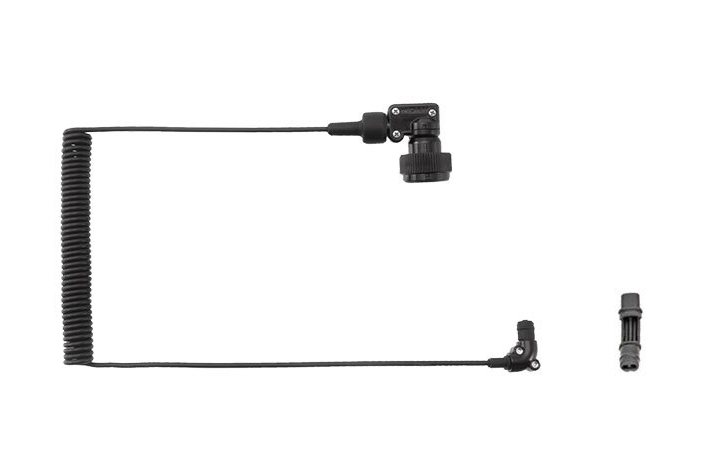 Inon Optical D Cable Type L Rubber Bush Set 2
Inon Optical D Cable Type L Rubber Bush Set 2 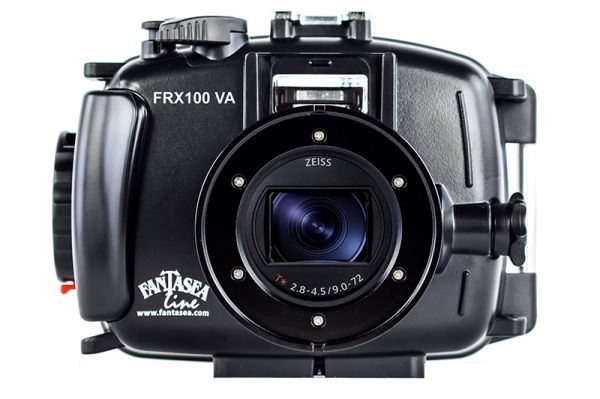 Fantasea FRX100 VA Vacuum Underwater Housing for Sony RX100 III / IV / V / VA
Fantasea FRX100 VA Vacuum Underwater Housing for Sony RX100 III / IV / V / VA  OM Systems CSCH-128 Silicone Jacket for TG-7 Waterproof Tough Camera
OM Systems CSCH-128 Silicone Jacket for TG-7 Waterproof Tough Camera 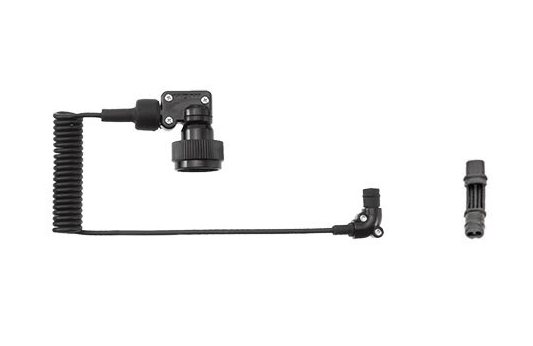 Inon Optical D Cable SS Type L Rubber Bush Set 2
Inon Optical D Cable SS Type L Rubber Bush Set 2 





